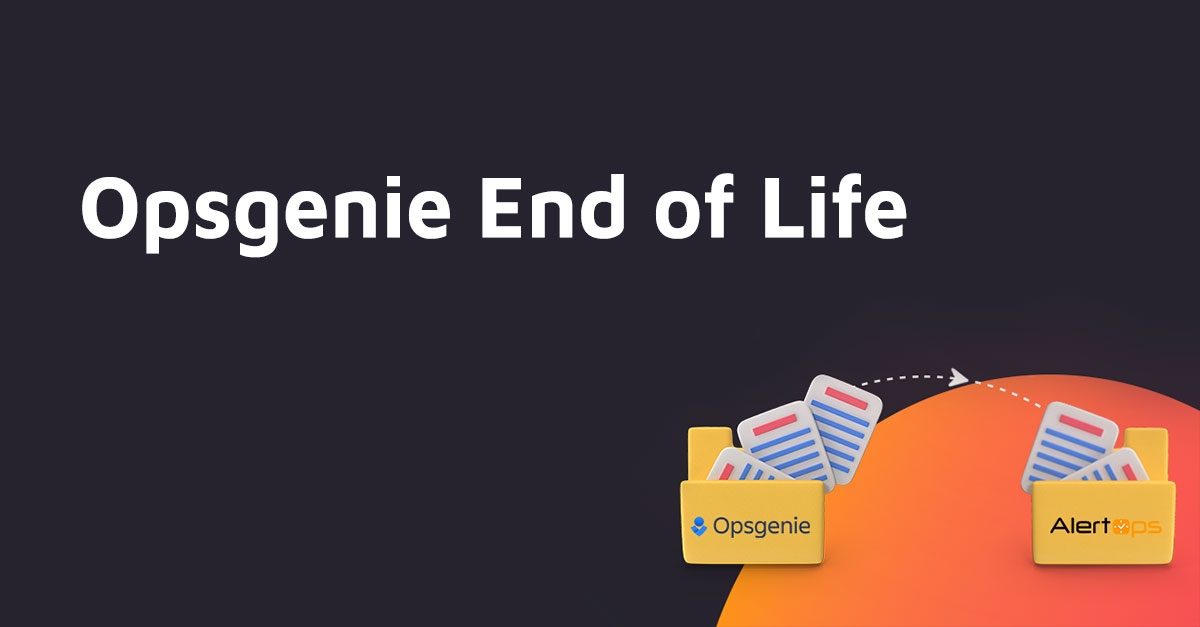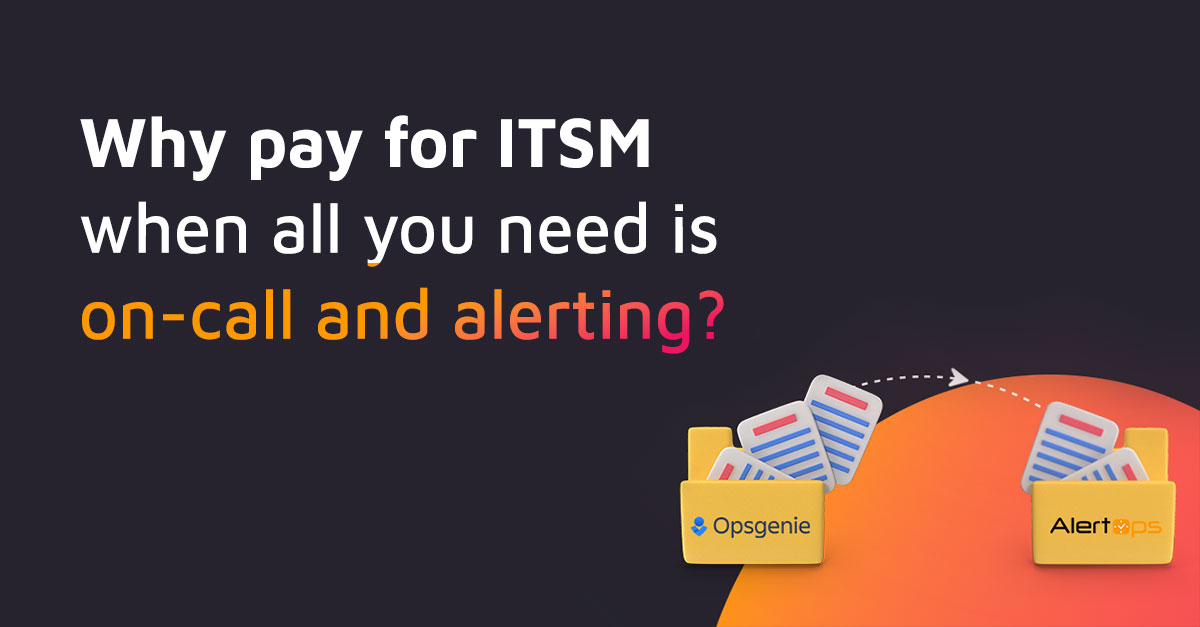Compare AlertOps to PagerDuty Custom Alert Templates
How quickly can your incident management team address a network outage, system failure or other incidents? Oftentimes, the time it takes to identify and address an incident varies based on which team members are involved and how soon they learn about an incident. It also may depend on the incident management and alert escalation software that an incident management team deploys.
In many instances, incident management and alert escalation software offers pre-built templates that enable incident management teams to accelerate and improve incident response. Unfortunately, these templates are not one-size-fits-all solutions for all incident management teams, at all times.
They offer limited fields to define the time spent, workaround, cause, classification and other relevant incident information. As a result, pre-built templates sometimes make it tough for incident management teams to address incidents and prevent them from recurring.
On the other hand, incident management and alert escalation software with custom templates gives incident management teams the flexibility that they need to thrive. This software empowers incident management teams to set up templates to mitigate incidents faster than ever before. Plus, the software gives incident management teams the ability to guarantee the right team members receive the right alerts, at the right time, every time.
Benefits of Custom Templates
What can you do with custom incident templates? Quite a lot, actually – just consider the following benefits provided by AlertOps’s custom incident templates:
- Set Up Custom Fields: When you use a custom template, every incident created from that template will have all of your custom fields. You also can define fields that map to JIRA and other external systems, store data from external systems in custom fields and write custom fields.
- Map to External Systems: You can establish a workflow that automatically creates a JIRA issue from an AlertOps incident. AlertOps then can store the JIRA Issue ID in a custom field, which you can use to make callbacks to JIRA to update the issue. Additionally, you can map incoming alert data to custom fields.
- Streamline Your Workflows: Thanks to AlertOps, you can create workflows that evaluate custom fields.
The aforementioned list highlights just a few of the things that you can do with AlertOps incident templates. Once you combine these templates with AlertOps’s third-party integrations for monitoring, hosting and chat tools and other state-of-the-art features, you’re sure to find that this incident management and alert escalation software is a superior choice over PagerDuty and all other options.



